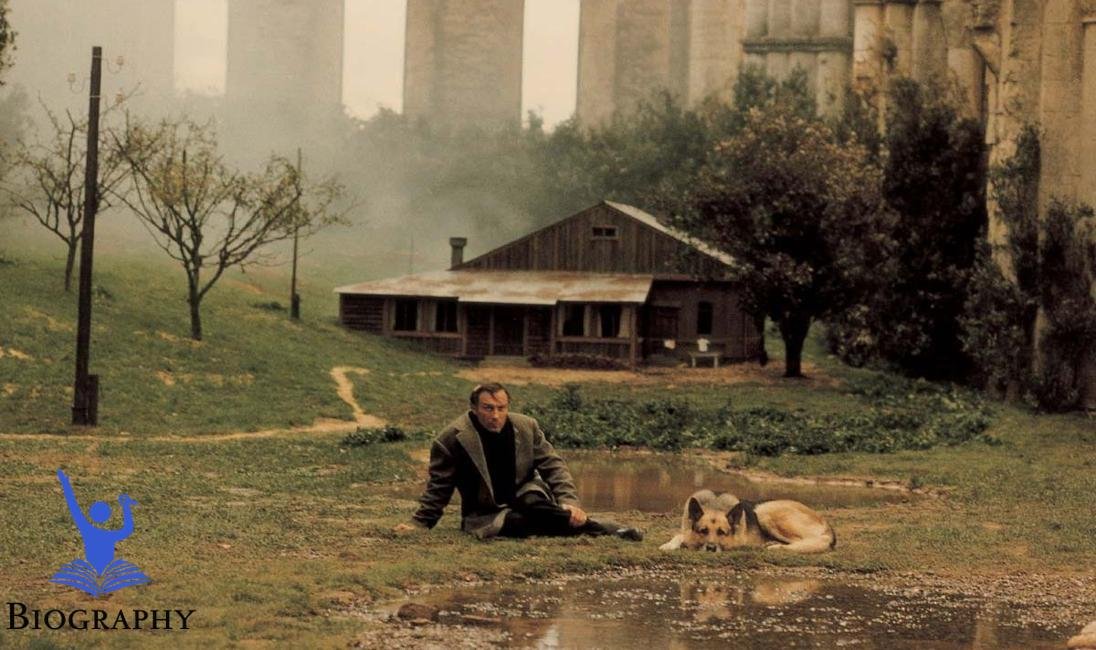Now Reading: Satyajit Ray: A Legendary Director’s Journey | Bio | Career | Artistry
-
01
Satyajit Ray: A Legendary Director’s Journey | Bio | Career | Artistry

Satyajit Ray: A Legendary Director’s Journey | Bio | Career | Artistry
Satyajit Ray: A Biography
Quick Facts
| Attribute | Details |
|---|---|
| Age | 70 (1921-1992) |
| Weight | Average (not publicly disclosed) |
| Height | Average (not publicly disclosed) |
| Original Name | Satyajit Ray |
| Eye Color | Dark Brown |
| Children’s Names | Sandip Ray |
| Birthdate | May 2, 1921 |
| Spouse | Bijoya Ray |
| Home | Kolkata, India |
| Hometown | Kolkata, India |
| Origin | Bengali culture |
| Exes | None known |
| Brand Ambassador Roles | N/A |
1. Early Life and Family
Satyajit Beem was brought into the world on May 2, 1921 in Kolkata (then Calcutta), India, in a family steeped in social affluence. His father Sukumar Beem was a noted Bengali writer and painter, and his mother Sukumari Beem was a homemaker. Satyajit grew up comfortable in the arts, and is influential in writing, music and painting.
Beam was heavily influenced by his family’s legacy focus. Similarly, his grandfather, Upendra Kishore Bim Chowdhury, was a prominent figure in Bengali calligraphy and craftsmanship. Beams’ youth was filled with innovation, which aided his creative mind, eventually turning into his truly masterpieces.
2. Early Career and Struggles
Beam’s foray into the world of entertainment began after he completed his exams in economics and presentation at Visva-Bharati College. She initially worked as a jeweler and earned enough money to pay the bills through various trades and crafts. After all, his cult of the film pushed him into filmmaking.
During the 1940s, Beam faced a number of challenges as he tried to establish a sound foundation for himself as a filmmaker. His memorable short film was met with a battle for money and property. Despite these obstacles, his passion met his determination, which inspired him to make his most memorable feature film.
3. Rise to Stardom
Pioneered by Satyajit Beam, the second wave came with the release of “Pather Panchali” in 1955. In the light of Bhutibhushan Bandyopadhyay’s novel, the film was based on what offered “Pather Panchali”, which touches on a rural family some overcoming the penetrating issue of poverty.
The film’s success heralded the beginning of what was known as the “Apu Set of Three.” These films were considered globally and ranked as Beam pioneers in Indian craft cinema.
4. Success
After the results of three sets of Apu, Beam progressed to powerful films that cemented his status as an accomplished producer. His works like “Charulata”, “Aapu Universe”, “Chess Ke Khilari” explored various themes like love, cultural issues and human relationships.
Beem’s speed and ability to understand Bengali culture made his films known to others. He received various honors throughout his career, in recognition of a 1992 Foundation grant for lifetime achievement.
5. Failure
Despite his achievements, Satyajit Beam faced challenges. Influenced by Indian politics in the latter half of the 1970s, a strange theme emerged during the making of “Shatranj Ke Khilri”.
Beam’s later films, although critically acclaimed, were not commercially successful. Scholars have occasionally argued that Beam’s films are too slow-moving or cerebral for standard society. Nevertheless, he remained determined and continued to make important films.
6. Television Career
In addition to filming, Satyajit Beam was hovering on TV. He had been involved in various projects, notably the “Golpo Karunama” series in the light of his records, which showed his narrative powers.
Beam’s TV work built her status and allowed her to connect with a wider audience. His ability to communicate complex emotions in a complex structure resonated well with the audience.
7. Humanitarian Work
Similarly, Satyajit Bhim was a sympathetic person who cared deeply about cultural issues. He supported various charitable causes such as education and the creation of social security for the downtrodden.
Beam considers the importance of educating people about their social heritage in the future. His commitment to cultural advancement through crafts and education reflected a responsibility to improve the overall environment.
8. Personal Life and Controversies
In 1949, Satyajit Beem married Bijoya Beem and they had a son, Sandeep Beem, who later turned producer. The couple established a caring family atmosphere mixed with innovation.
Beam also faced controversy; A few scholars assured that his portrayal of Indian culture sometimes tended toward contempt. Nevertheless, he kept pace with the fact that his films revealed real challenges, which helped him to conduct consistent research in complex subjects.
9. Legacy / Awards
Satyajit Beam passed away on April 23, 1992, leaving a lasting impact on film culture. His legacy continues to inspire filmmakers and storytellers across the planet.
He received various honors including Dadasaheb Phalke Grant and Foundation Grant for Lifetime Achievement. Beam’s promises assure that his knowledge and experiences of the human condition will continue to impress in the future.








































